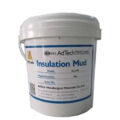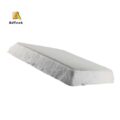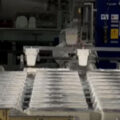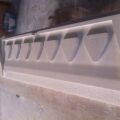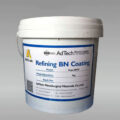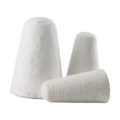Boron nitride coating can improve the performance of refractory materials, it is mainly used to the surface of the refractory material or penetrating the working layer of the refractory material. The boron nitride paint has boron nitride and boron oxide. The particle size of boron nitride is between 20 microns and 50 microns, and the mass content of boron nitride is 30%~85%. The mass content of boron oxide is between 2% and 5%. The boron nitride coatings can be used with refractory materials made by AdTech, such as Alumina Porcelain Rod, ceramic fiber tubes, Ladle Shroud, flow channels, etc.
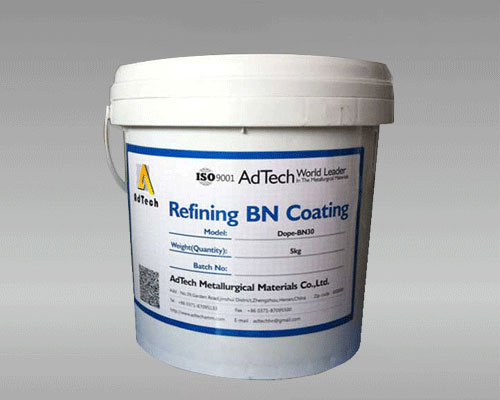
In the field of refractory materials, when boron nitride paint is used, it is generally applied directly on the surface of the refractory product, and it is used directly after drying. The process is relatively simple and the operability is strong. The disadvantage is that the coating is not hardened. If the use temperature is lower than the sintering temperature of the paint, the strength of the coating is not high, and it is easy to powder and fall off.
How to Use Boron Nitride Coating
1. Stir the BN coating for 2 to 15 minutes.
2. Spread the paint evenly on the surface of the substrate or immerse it in the working surface of the substrate.
3. Place the coated substrate in a drying oven and dry at 110°C for 2 to 5 hours.
4. The dried substrate is put in an ammonia gas furnace, and the nitrogen gas is reacted at 900°C to 1000°C for 2 hours to 5 hours.
5. Pass nitrogen protection, continue to heat to 1600°C, and keep for 3 hours to 5 hours, the boron nitride coating is sintered and hardened.
6. Nitrogen protection, according to the material of the substrate, continue heating to the firing temperature of the substrate or complete the sintering.
Using boron nitride paint, there is no need to process boron nitride into ultrafine powder, and no need to add other easily sintered body. It can not only solve the problem of boron nitride being difficult to sinter, but also prevent the cracks caused by excessive sintering shrinkage of the coating due to the presence of large-grain boron nitride. Due to the presence of large-grain boron nitride, a small enclosed space is built between the boron nitride particles, so that the entire coating will have a certain amount of pores, which can effectively reduce the damage of the coating caused by thermal stress, and reduce the coating thermal conductivity. The boron oxide is converted into boron nitride, and the content of boron nitride in the final coating will reach more than 98%, which effectively improves the use effect of the entire refractory material.




